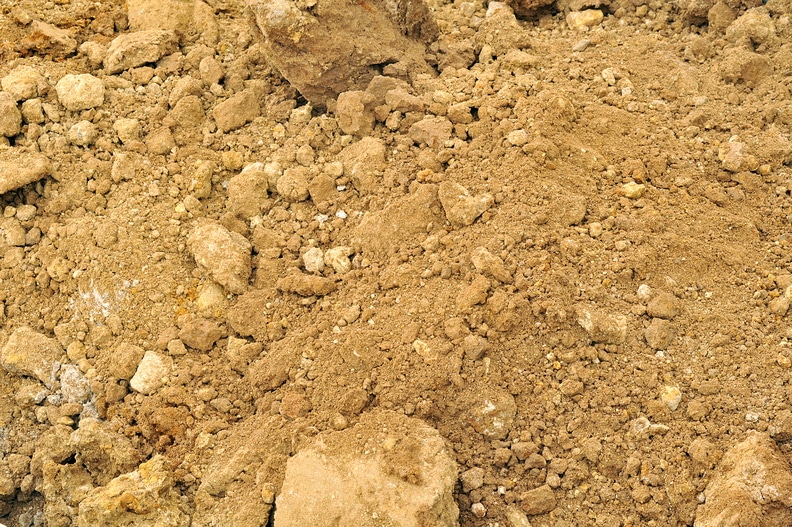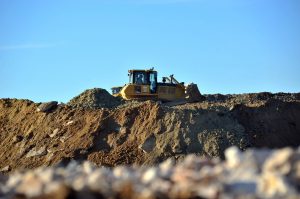ECT, a player in the circular economy of building and civil engineering soils
ECT’s development is part of a strategy of circular and local economy. ECT reuses inert soil from construction sites in the Paris region, working with local communities to create green, undeveloped and sustainable landscapes.
Some fifteen ECT projects are currently underway in the Paris region. Every year, they reuse almost 15 million tonnes of excavated soil.
The day-to-day management of these material flows raises questions about sustainable urban planning, urban metabolism, development and the attractiveness of territories.

The circular economy as proposed by ECT encourages the creation of positive loops.
What is the circular economy?
The French Environment and Energy Management Agency (ADEME) defines the circular economy as “an economic system of production which, at all stages of the product life cycle, aims to increase the efficiency of resource use and reduce environmental impact, while enhancing people’s well-being”.
This circular system therefore places the emphasis on new design methods, on extending the useful life of products, but also on use rather than possession of goods, on reuse and recycling.
Thus, the reuse of excavated soil from building and civil engineering sites for non-built development projects is an integral part of a circular economy model.
.
The ECT site at Villeneuve-sous-Dammartin (77) is emblematic of the reuse of excavated earth from the construction industry.
AM Filaire
Circular economy and urban metabolism?
To ask the question of how to control urban metabolism is to consider cities as “consumers” of materials and energy. Either produced directly on their territory, or indirectly through the materials, goods and services they import or export.
These material and energy flows traverse the urban ecosystem in a linear fashion. Upstream, resources are extracted from nature’s reservoirs. Then various urban activities exploit or transform them. And finally, downstream, they are returned to the ecosystem in degraded (or non-degradable) form. Cejecting waste materials affects the atmosphere, water and soil in a variety of ways. The impact on ecosystems and the biosphere in general is manifold.
Excavated soil is generated by the city’s necessary building activity. Moreover, according to regulations these soils are considered as waste. And yet it’s a noble material, reusable and recyclable as is, provided it’s inert (unpolluted).
To give an order of magnitude, it is estimated that a region like Ile-de-France produces 22 million tonnes of excavated soil a year (excluding the construction of the Grand Paris Express).
How ECT promotes the circular economy of soil from construction sites
Reuse excavated soil
ECT’s circular economy approach provides a sustainable response to the need to reuse excavated soil locally.
The loops for reusing soil from construction sites are all development projects with an environmental or social vocation, designed and implemented by ECT.
Similarly, the reuse of soil to backfill and secure quarries in the Paris region encourages this circular use of soil.
The re-use of excavated soil makes the project self-financing.
Recycling derelict land
The reuse of excavated soil enables development projects to be financed in consultation with the local community. These projects give a new lease of life and a new use to damaged, neglected or derelict sites. This is a genuine recycling of unused land.
A circular, local loop
Finally, ECT’s vocation is to act locally, thanks to its network of reception and development sites.
The aim is to bring excavation sites closer to soil reception sites. Land reuse serves a local project.
The proximity of our sites limits the carbon impact of transport.
The reuse of excavated soil from the construction industry on the ECT site at Villeneuve-sous-Dammartin (77) has enabled the creation of orchards and areas conducive to biodiversity: wetlands, woodlands, edges, nesting boxes for the Little Owl and habitat for the Great Grey Hermit.
Gil Fornet / ECT



